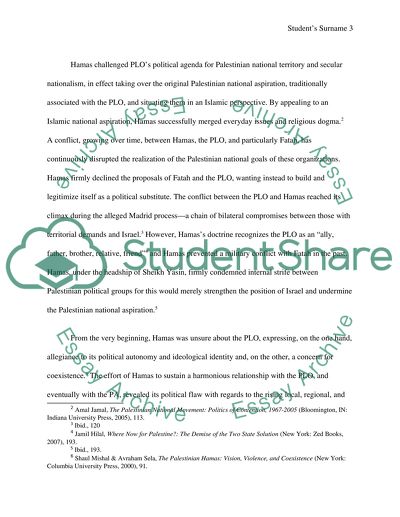Cite this document
(“PLO and Hamas achieved the Palestinian national aspiration Research Paper”, n.d.)
PLO and Hamas achieved the Palestinian national aspiration Research Paper. Retrieved from https://studentshare.org/politics/1476075-to-what-extent-did-plo-and-hamas-achieved-the
PLO and Hamas achieved the Palestinian national aspiration Research Paper. Retrieved from https://studentshare.org/politics/1476075-to-what-extent-did-plo-and-hamas-achieved-the
(PLO and Hamas Achieved the Palestinian National Aspiration Research Paper)
PLO and Hamas Achieved the Palestinian National Aspiration Research Paper. https://studentshare.org/politics/1476075-to-what-extent-did-plo-and-hamas-achieved-the.
PLO and Hamas Achieved the Palestinian National Aspiration Research Paper. https://studentshare.org/politics/1476075-to-what-extent-did-plo-and-hamas-achieved-the.
“PLO and Hamas Achieved the Palestinian National Aspiration Research Paper”, n.d. https://studentshare.org/politics/1476075-to-what-extent-did-plo-and-hamas-achieved-the.


